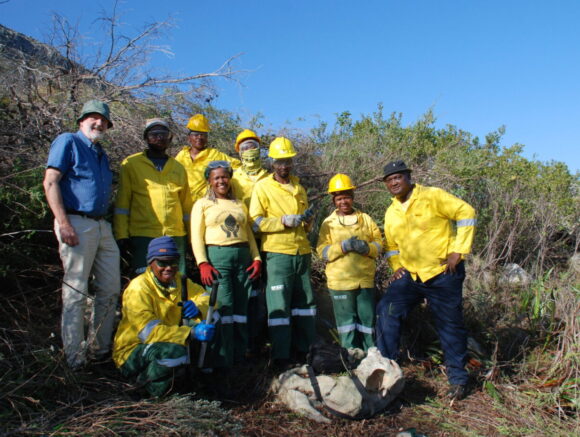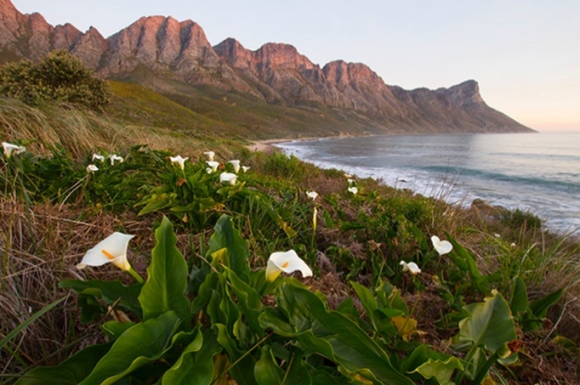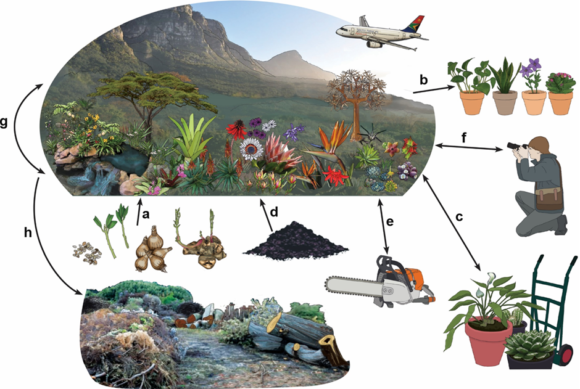8 February 2016 | By Llewellyn Jacobs
The discovery of a clump of broad-leaved paper-bark trees (Melaleuca quinquenervia) in 2009 by a field ranger lead to an exciting study on this global wetland invader. CapeNature employee and part-time C·I·B student, Llewellyn Jacobs, assessed the distribution of the plant across South Africa and examined the prospects for the eradication of this well-known invasive species from the region.
Working together with the South African National Biodiversity Institute’s Invasive Species Programme, Llewellyn extracted localities from herbarium specimens and targeted land managers and researchers to get information of where these plants may be. He found seven records in South Africa of which two populations are naturalised (alien species that form populations that persist, and reproduce, for at least 10 years without intervention by people). The Melaleuca quinquenervia working group then targeted one of the naturalised populations for clearing to see which characteristics hinder or favour its eradication, and whether it is a cost effective management option. After initial clearing and herbicide treatments in 2009, the population were monitored for a six-year period until 2014. Results showed that by removing seedlings before maturity and by chemical treating regrowth from the stumps, the population can be eradicated.
The project has cost R532 000 with the highest input during the initial clearing activities in 2010. Expenses then dropped to R20 000 per year in 2013 and 2014. “This study shows promising results for efforts to protect wetlands affected by small populations of paper-bark trees at a relatively small cost, especially once efforts reach a maintenance phase” says Llewellyn Jacobs, who is currently a Scientific Technician with CapeNature’s Scientific Services. He adds “It is a concern however that the recent national invasive species legislation lists the broad-leaved paper bark as category 1b (requiring compulsory control), but national heritage trees are exempted from this. This tree is listed as one of the global top 100 most invasive species, and if eradication or control is attempted, it may be hindered by this listing.”
Read the papers
For more information, contact Llewellyn Jacobs at ljacobs@capenature.co.za




